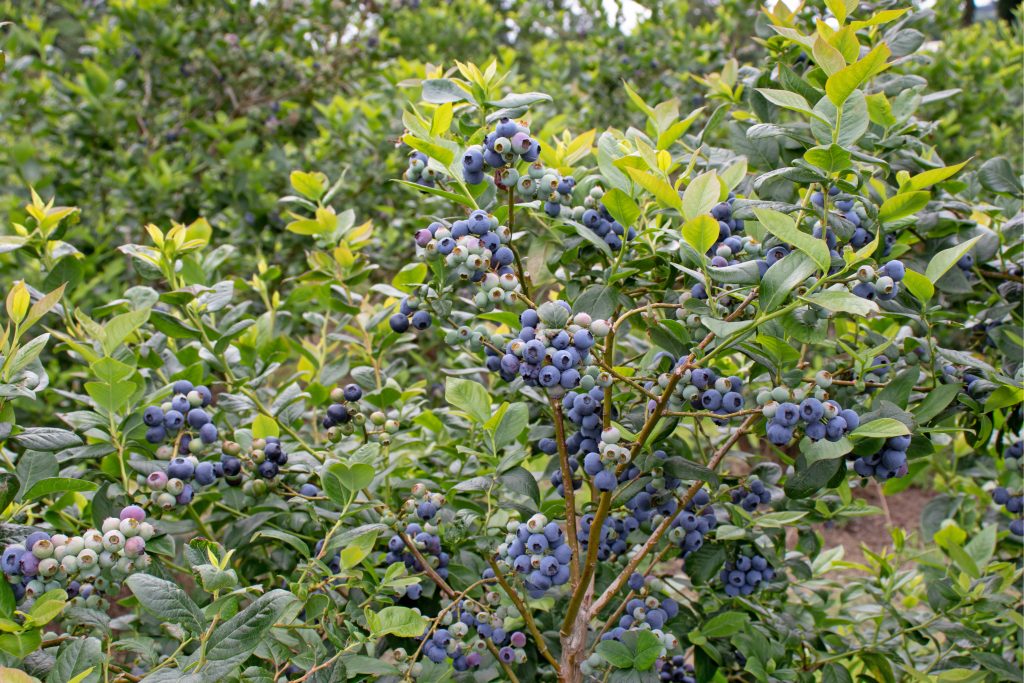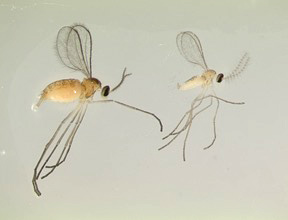Blueberry management in Florida in February is critical with harvest season just around the corner. University of Florida Institute of Food and Agricultural Sciences (UF/IFAS) reminds producers of various tips to keep in mind this month.
From a disease standpoint, growers need to monitor for botrytis and control when need. Farmers also need to apply fungicides in rotation for control of anthracnose or Alternaria fruit rot at petal fall, 10 to 14 days after petal fall, 20 to 24 days after petal fall and prior to harvest.

One tool growers may consider in timing spray applications is the Blueberry Advisory System (BAS) at www.agroclimate.org/BAS, which indicates when weather conditions are favorable for the development of anthracnose fruit rot.

Growers need to apply recommended controls of insect pests, if they are observed. These include gall midge, flower thrips and blueberry bud mites.
If weeds are at such densities to hinder bush growth, producers need to apply a postemergence herbicide.
Remember to look at the UF/IFAS Blueberry Growers Guide phone app for field scouting tools, as well as information on all of the UF southern highbush blueberry cultivars.
Bee management is also critical. Growers should monitor the health of colonies and watch for appropriate level of bee activity into and out of the hives and on the blueberry bushes. Farmers might consider adding additional hives if there is a heavy, concentrated bloom across the farm, competing crops or wild plants nearby blooming at the same time or ongoing poor weather conditions.










